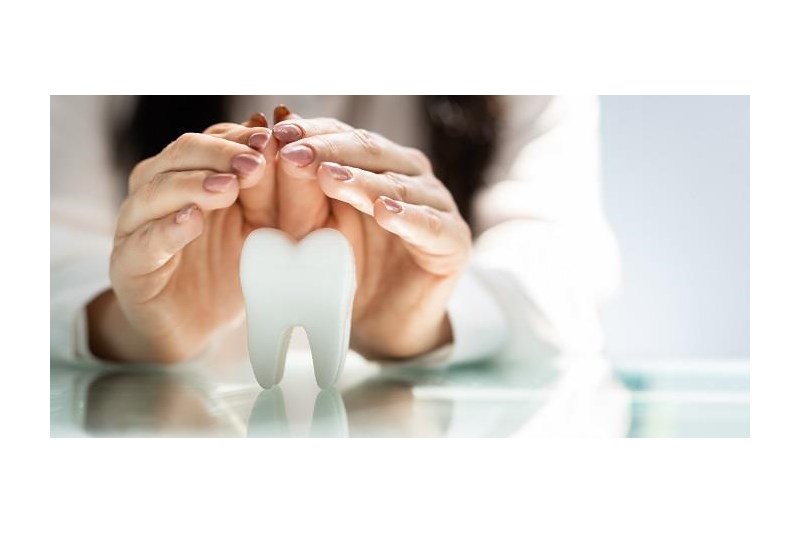A new way to restore tooth enamel
Published: 26/09/2022
Scientists have perfected a new material for mineralizing bones and teeth.
The material is created by adding amino acids to hydroxyapatite. Together they create a coating which replicates the composition and microstructure of natural enamel.
Composition of the material repeats the surface of the tooth at the molecular and structural level and exceeds the strength of the natural tissue. The material is intended to be used as a new method of tooth restoration.
Pavel Seredin, lead researcher of the study and head of the Department of Solid State Physics and Nanostructures at Voronezh State University said, "Tooth enamel has a protective function, but unfortunately, its integrity can be destroyed by, for example, abrasion, erosion or microfractures. If the surface of the tissue is not repaired in time, the enamel lesion will affect the dentin and then the pulp of the tooth. Therefore, it is necessary to restore the enamel surface to a healthy level or build up additional layers on the surface if it has become very thin. We have created a biomimetic (i.e., mimicking natural) mineralized layer whose nanocrystals replicate the ordering of apatite nanocrystals of tooth enamel. We also found out that the designed layer of hydroxyapatite has increased nano hardness that exceeds that of native enamel."
"Traditionally in dentistry, composite restorative materials are used in enamel restoration. To increase the bonding efficiency of enamel and composite, the restoration technique involves acid etching of the enamel beforehand. The etching products left behind may not always have a positive effect on the bonding of enamel and synthetic materials. To reproduce the enamel layers with biomimetic techniques, we neutralized the media and removed the etching products using calcium alkali. In this way we improved the binding of the new hydroxyapatite layers," explains Pavel Seredin.
For this stage of testing the material was used on healthy teeth. Researchers will attempt to repair larger defects including caries, cracks and volumetric fractures in the next stage of testing.
Read the study here: https://www.sciencedirect.com/science/article/pii/S2590123022002535?via%3Dihub
Author: N/A











.jpg?width=150&height=100&scale=canvas)

